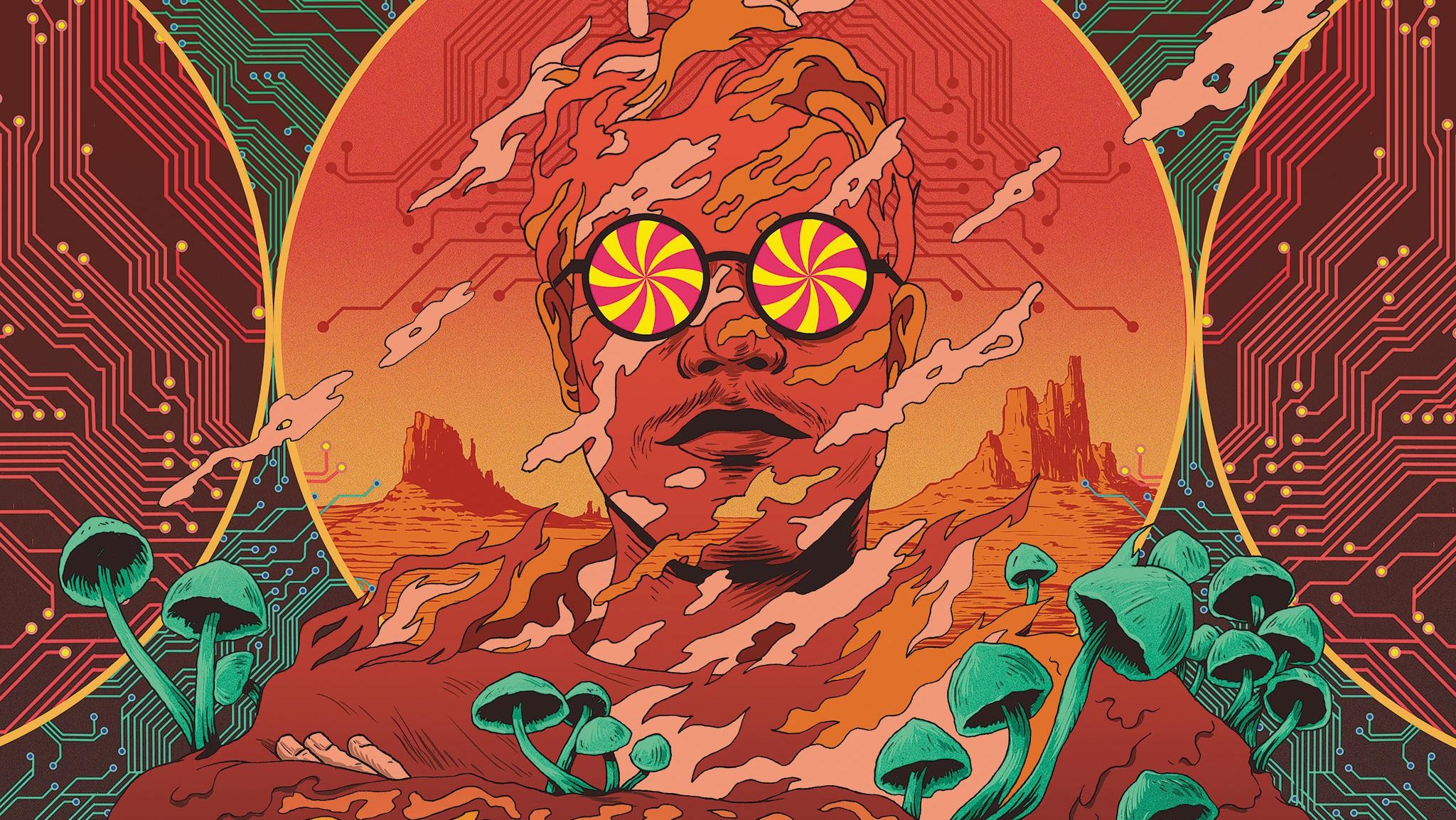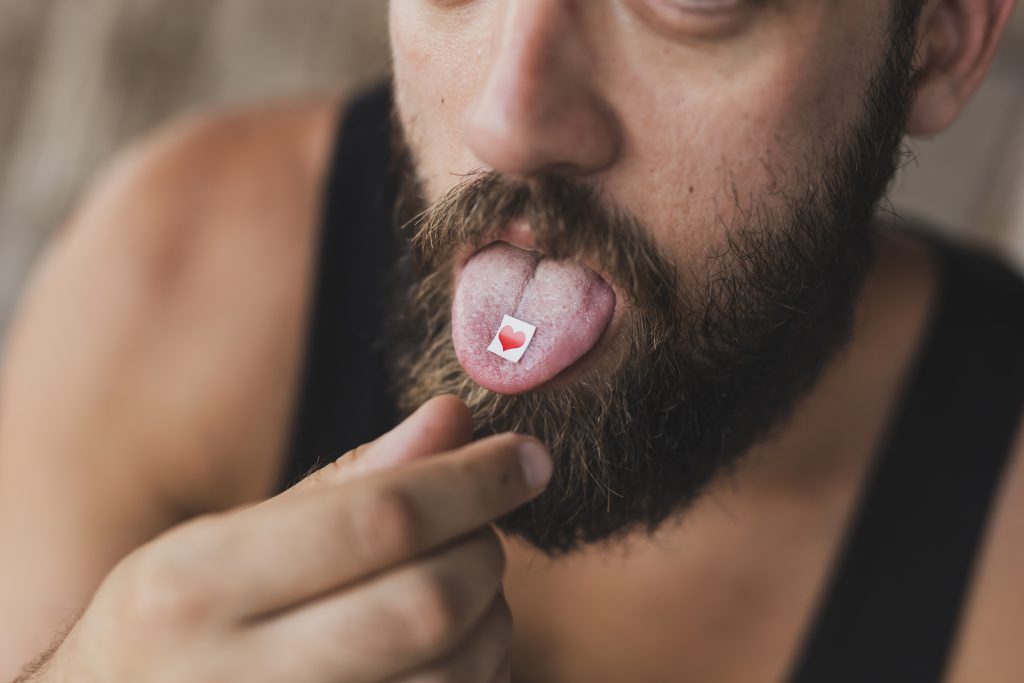
There are many challenges to testing LSD microdoses, however. There’s no way to guarantee that active users are taking the same dosage as researchers. Furthermore, determining the exact psilocybin microdose from a lick of an LSD tab or a dried mushroom is difficult. Nonetheless, the long effects of LSD are worth a closer look.
LSD microdosing has longer effect durations than psilocybin doses
Researchers have been trying to determine whether microdosing of psilocybin vs LSD produces the same mental effects. Unlike high-doses of psilocybin, microdoses of LSD last for longer periods of time. Microdoses are most commonly used a few times a week or on alternating days. One study published late last year looked at the effects of microdosing on subjects. It found that microdosing significantly altered participants’ sense of time and helped them reproduce lapsed periods more accurately. Although this study does not prove that microdosing is a new cognitive enhancer, it does lay out a compelling story about how LSD works in the brain. Learn more how to care for your nose after you have taken a snorting coke.
A recent study in The Journal of Psychoactive Drugs found that LSD microdosing has longer effects than psilocybin dose. The longer duration of psychedelic effects may be related to the length of time it takes for an individual to fully experience the effects of microdosing. The authors note that further research is necessary to determine whether microdosing of LSD is better for a patient’s health than psilocybin.
The prevalence of microdosing has increased considerably over the past decade, and recent studies have begun to characterize the participants. Microdosers tend to be male, lower in education and income than those taking high-doses, and reported higher levels of past-year substance use than those taking low-doses. They were also more likely to be low-income, younger, and disproportionately male.
LSD overdoses can be life-threatening
While it is possible to have a “bad trip” while taking LSD, the experience can be life-threatening and debilitating. This drug can make you feel detached from reality, lose control of your body, and feel like you’re in another world. You might even experience paranoia, anxiety, or fear. Fortunately, most of these negative experiences are short-lived, and you will return to your normal self after the trip.
When taking LSD, make sure to do so in a controlled environment with a trusted adult. The main concern with LSD is its behavioral toxicity. If you overdose, you may end up getting shot by police, fall from a height, or become hallucinatory and psychotic. While most LSD overdoses are unlikely, people with active psychotic disorders or predisposition to such reactions are at an increased risk.
Even though LSD is not life-threatening at small doses, the risk of an overdose is increased when the amount is increased or combined with other substances. If you’re ever unsure about the safety of LSD, make sure to seek medical attention right away. The overdose symptoms described in this article can worsen an existing medical condition and lead you to make a wrong decision. The safety limit for LSD has been set at fifty to 200 micrograms, the usual recreational dose.

LSD has stronger binding affinity for 5HT2B receptors than MDMA
LSD binds to 5-HT2B receptors more strongly than MDMA. In a study, Fiorella et al. showed that LSD binds to 5-HT2A receptors with a greater affinity than 5-HT2C receptors. The effect of LSD on the 5-HT2B receptor appears to be mediated by a different mechanism than the hallucinogenic effect of MDMA.
The binding affinity of LSD for 5HT2B receptors was detected based on text reports modeled as histograms of word usage. In addition, first-person narratives were analyzed to identify changes in conscious awareness, perception, emotions, and psychological states. The binding affinity of each drug was examined based on documented binding strengths for specific receptor systems. LSD has been shown to bind 5-HT2A receptors with a high affinity, while MDMA binds to 5-HT2B receptors mainly through binding with M2 and M3.
The LSD and MDMA drugs have higher binding affinity for 5HT2B receptors, suggesting that the latter is more potent than the former. The LSD receptor is located in areas of the brain where it is primarily expressed. Specifically, it coexpressed with lateral prefrontal cortex, the temporoparietal junction, and the anterior insula. The receptors are implicated in time-contingent actions in both humans and rats.


